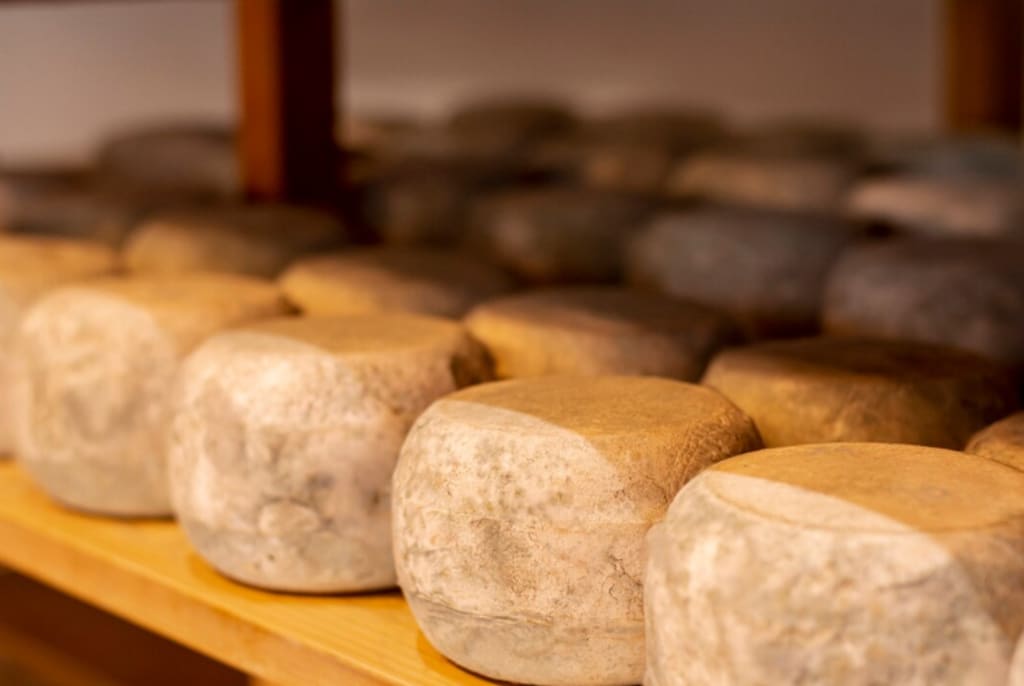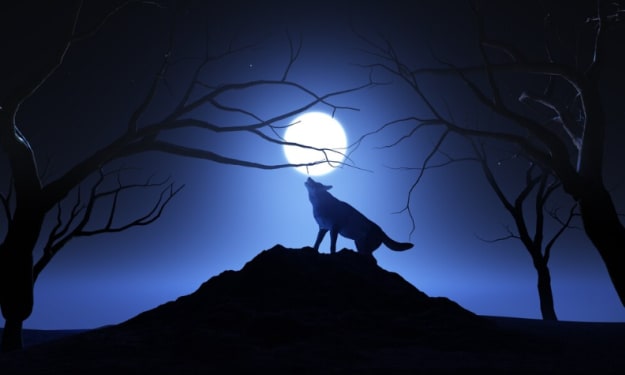A brie(f) history of cheese
From Farm to Table: Tracing the Rich Heritage and Cultural Significance of Cheese Making

Prior to realms and sovereignty, before stoneware and composing, before metal devices and weapons - there was cheddar. As soon as 8000 BCE, the earliest Neolithic ranchers living in the Prolific Bow started a tradition of cheesemaking nearly as old as human progress itself. The ascent of agribusiness prompted tamed sheep and goats, which antiquated ranchers gathered for milk. However, when left in warm circumstances for a few hours, that new milk started to sharp. Its lactic acids made proteins coagulate, restricting into delicate bunches. After finding this odd change, the ranchers depleted the excess fluid - later named whey - and found the yellowish globs could be eaten new as a delicate, spreadable dinner. These bunches, or curds, turned into the structure blocks of cheddar, which would ultimately be matured, squeezed, aged, and zoomed into a different cornucopia of dairy delights. The disclosure of cheddar gave Neolithic individuals a huge endurance advantage. Milk was rich with fundamental proteins, fats, and minerals. In any case, it likewise contained high amounts of lactose - a sugar which is hard to process for some old and present day stomachs. All cheddar, be that as it may, could furnish milk's benefits with substantially less lactose. What's more, since it very well may be protected and stored, these fundamental supplements could be eaten all through scant starvations and long winters. Some seventh thousand years BCE ceramics pieces found in Turkey actually contain obvious deposits of the cheddar and margarine they held. Toward the finish of the Bronze Age, cheddar was a standard product in oceanic exchange all through the eastern Mediterranean. In the thickly populated city-territories of Mesopotamia, cheddar turned into a staple of culinary and strict life. Probably the earliest realized setting up incorporates managerial accounts of cheddar shares, posting various cheeses for various ceremonies and populaces across Mesopotamia. Records from adjacent developments in Turkey additionally reference rennet. This creature result, delivered in the stomachs of specific warm blooded animals, can speed up and control coagulation. Ultimately this complex cheesemaking device spread all over the planet, giving way to a wide assortment of new, harder cheeses. Furthermore, however some moderate food societies dismissed the dairy delicacy, a lot more embraced cheddar, and immediately added their own neighborhood flavors. Migrant Mongolians utilized yaks' milk to make hard, sundried wedges of Byaslag. Egyptians partook in goats' milk curds, stressing the whey with reed mats. In South Asia, milk was coagulated with an assortment of food acids, like lemon juice, vinegar, or yogurt and afterward hung to dry into lounges of paneer. This delicate gentle cheddar could be added to curries and sauces, or essentially seared as a speedy veggie lover dish. The Greeks delivered blocks of pungent tenderized feta cheddar, close by a harder assortment like the present pecorino romano. This grinding cheddar was delivered in Sicily and utilized in dishes the whole way across the Mediterranean. Under Roman rule, "dry cheddar" or "caseus aridus," turned into a fundamental apportion for the almost 500,000 fighters monitoring the tremendous lines of the Roman Realm. Furthermore, when the Western Roman Realm imploded, cheesemaking kept on advancing in the estates that dabbed the middle age European open country. In the many Benedictine religious communities dispersed across Europe, archaic priests tested perpetually with various kinds of milk, cheesemaking practices, and maturing processes that prompted large numbers of the present well known cheeses. Parmesan, Roquefort, Munster and a few Swiss sorts were completely refined and idealized by these cheesemaking priests. In the Alps, Swiss cheesemaking was especially effective - delivering a horde of cow's milk cheeses. Toward the finish of the fourteenth 100 years, Snow capped cheddar from the Gruyere district of Switzerland had become so productive that an adjoining state attacked the Gruyere good countries to assume command over the developing cheddar exchange. Cheddar stayed famous through the Renaissance, and the Modern Transformation removed creation from the religious community and into hardware. Today, the world delivers about 22 billion kilograms of cheddar a year, transported and consumed all over the planet. Be that as it may, 10,000 years after its development, neighborhood ranches are as yet continuing in the strides of their Neolithic precursors, hand making one of humankind's most seasoned and most loved food sources.
About the Creator
Enjoyed the story? Support the Creator.
Subscribe for free to receive all their stories in your feed. You could also pledge your support or give them a one-off tip, letting them know you appreciate their work.





Comments
There are no comments for this story
Be the first to respond and start the conversation.